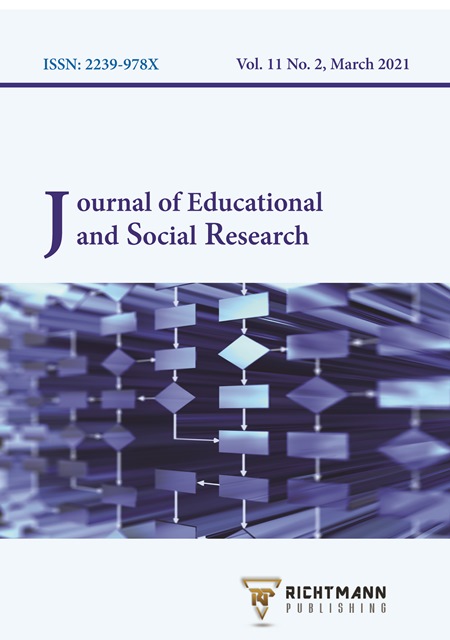Using Blended Learning in Teacher Training Programs: Perspectives of Pre-service Teachers
DOI:
https://doi.org/10.36941/jesr-2021-0035Keywords:
Blended learning, Teacher training program, Pre-service teachers, Higher education, VietnamAbstract
Blended learning (the combination of face-to-face and online learning) has become increasingly favored in teacher education. This learning approach has been identified as an effective method of providing opportunities for pre-service teachers to work in both online and face-to-face environments. This paper employed a quantitative research design to explore the pre-service teachers’ perspectives regarding the use of blended learning in their training programs. This study surveyed 624 pre-service teachers in different fields at multiple universities with teacher training programs in Vietnam. The results revealed that pre-service teachers favored the blended learning method. In addition, teachers engaging in the blended learning approach used teaching methods and technologies appropriately. The study also investigated the relationship between online and face-to-face learning implemented in the blended learning approach. Compared to face-to-face or online learning alone, blended learning was observed to be more effective. In conclusion, Vietnamese pre-service teachers reacted positively and preferred the use of blended learning in their training programs.
Received: 13 November 2020 / Accepted: 19 January 2021 / Published: 5 March 2021
Downloads
Downloads
Published
Issue
Section
License

This work is licensed under a Creative Commons Attribution-NonCommercial 4.0 International License.
This work is licensed under a Creative Commons Attribution-NonCommercial 4.0 International License.









